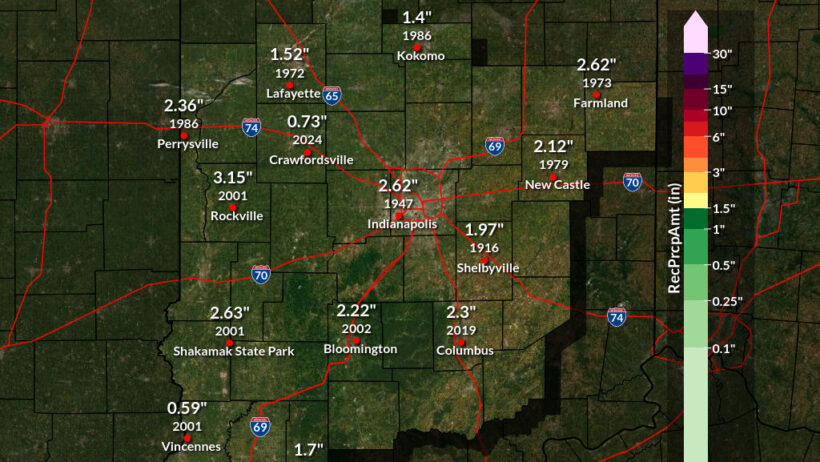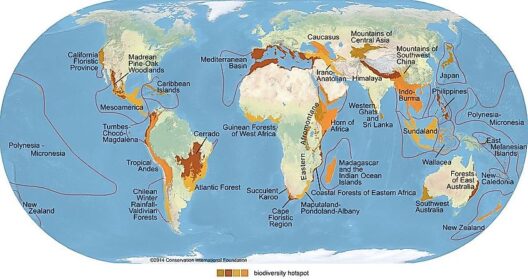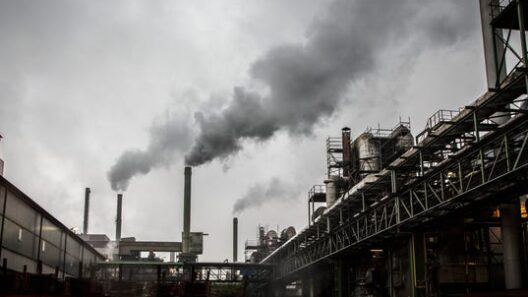Indiana’s climate is an intricate tapestry woven from the threads of the four distinct seasons that characterize much of the Midwest. Each season presents a unique set of meteorological phenomena, deeply influencing the state’s ecology, economy, and daily lives of its residents. Understanding Indiana’s climate not only satisfies the curious mind but also delves into the interconnectedness of atmospheric conditions, geography, and human activity.
The state of Indiana experiences a humid continental climate. This classification is marked by hot summers and cold winters, creating the perfect backdrop for an array of weather patterns and climatic variations. The temperature can fluctuate dramatically, with summer highs reaching into the 90s Fahrenheit, while winter lows can plunge to the teens or even lower. Such extremes create an environment rife with fascination and variability.
Spring heralds the revival of life after the cold grip of winter. As temperatures gradually warm, Indiana becomes a canvas of blossoming flora and vibrant colors. However, this season is also notorious for its capricious weather. Thunderstorms often roll across the state, bringing heavy rainfall and the occasional tornado. These storms are not mere inconveniences; they serve a pivotal role in replenishing the water tables and supporting agriculture, a cornerstone of Indiana’s economy. But such violent weather also begs the question of climate change’s impact on storm intensity and frequency, an issue demanding attention and action.
As spring unfolds into summer, the state experiences a marked increase in both temperature and humidity. The air becomes thick, almost palpable, creating a sultry atmosphere that can sometimes feel oppressive. However, this climatic condition also supports thriving agricultural landscapes, particularly corn and soybean crops, which are crucial to Indiana’s agricultural identity. The sun-drenched fields serve as a reminder of the delicate balance between beneficial warm weather and the potential hazards of drought. Farmers must adeptly navigate these climatic challenges, illustrating the profound connection between weather patterns and food production.
As summer wanes, Indiana transitions smoothly into autumn, which is often regarded as one of its most picturesque seasons. The landscape explodes in a riot of colors, as trees don their fall garb of crimson, gold, and orange. This period is often characterized by cooler temperatures and dry conditions, offering splendid weather for harvest activities and outdoor recreation. However, fall’s beauty is occasionally disrupted by sudden frost events, underlining the precariousness of timing in the agricultural calendar. Farmers must remain vigilant, as an early frost can severely impact crop yields and profitability.
The arrival of winter transforms Indiana into a winter wonderland. Cold Arctic air descends upon the state, bringing with it snowstorms and frigid winds that challenge even the hardiest residents. The snowpack plays a vital role in replenishing groundwater supplies during the spring melt, thus sustaining the cycle of life. However, this season reveals the dual nature of Indiana’s climate; while it nurtures the environment, it also tests the resilience of its inhabitants. The economic implications are significant as well—winter weather can disrupt transportation and logistics, highlighting the challenges that come with living in a state marked by such climatic extremes.
The state’s geographical positioning also plays a pivotal role in its climatic personality. Indiana is located within the Midwest’s broad expanse, which influences not only temperature but also precipitation patterns. The Great Lakes to the north impart a moderating effect, while the state’s proximity to several climatic systems means it is often exposed to weather phenomena sweeping in from the Gulf of Mexico or the Rockies. This constant flux of air masses contributes to the state’s notorious weather variability.
Moreover, the urban-rural divide manifests clearly in the climate experiences of Indiana’s residents. Metropolitan areas such as Indianapolis may experience a heat island effect, resulting in warmer temperatures compared to their rural counterpart. This urban phenomenon raises questions about sustainable development and environmental justice. How do cities reconcile growth with the inherent challenges of climate impact? As urbanization spreads, the interplay between climate dynamics and human habitation becomes increasingly complex.
Indiana’s climate also serves as a microcosm for broader climatic patterns, including those influenced by climate change. The increase in average temperatures, shifting precipitation patterns, and the prevalence of extreme weather events echo the global scenario. These trends are not merely numbers on a graph; they affect the everyday lives of Hoosiers and challenge the resilience of local ecosystems. Environmental activists and scientists alike express deep concern over the implications of such changes, especially for the agricultural sector, which depends heavily on stable climate conditions.
Furthermore, public awareness and education surrounding these issues are crucial. The benefits of understanding Indiana’s climate extend to fostering a community ethos that prioritizes environmental sustainability. Whether through active participation in local conservation efforts or engaging in broader discussions about climate policies, a knowledgeable populace can advocate for meaningful change. Resources such as climate maps and local reports play a vital role in facilitating this understanding, providing essential data that informs both policy and practice.
In conclusion, Indiana’s climate is far more than a simple set of seasonal changes. It embodies a complex interplay of meteorological phenomena, geographical influences, and human activities. The fascination with Indiana’s weather runs deep, rooted not just in the unpredictable nature of its climate but also in its profound impact on the environment and society. As inhabitants grapple with these challenges, the importance of understanding and addressing climate change becomes increasingly apparent, ensuring that future generations can continue to thrive amidst Indiana’s distinct climatic tapestry.








